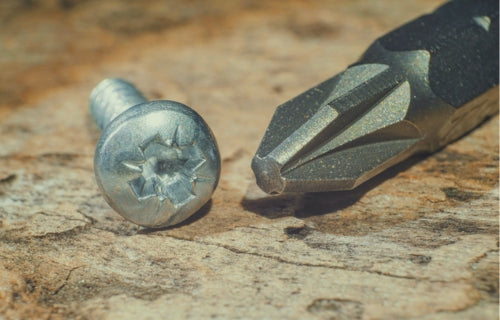I always read through owners manuals cover to cover before I start using a new tool. Why? I'm looking for little tidbits of knowledge that the manufacturer is willing to share that will help me better use or understand the tool. Sometimes it's a technique or intended use. Other times, it's a detail in an exploded parts diagram.
I also love reading product catalogs - especially ones with lots of charts. I want to know all the different sizes, grits, styles, and variations available. How long of a 1/4 inch diameter router bit can I get? What is the coarsest sandpaper for my RO 90? What different tooth profiles are available for circular saw blades, and why do they exist? How many sizes of random orbit sanders does Mirka make? While some of this information no doubt is only good for woodworking trivia challenges (still waiting for one), much of it I use to make more informed decisions when making purchasing choices or even designing products or processes.
Here are some of the things I've learned along the way. Each of these little factoids has helped me in my work.
Pozidriv and Phillips are not interchangeable
Pozidriv screws can be easily recognized by the shallow "notches" extending from the corners of what otherwise looks like a Phillips recess. Although you can use a Phillips bit in a Pozidriv screw in a pinch (or vise versa), the fit isn't very good. It's always best to use the right tool for the job.

Never use mesh abrasives without a pad saver
The paper or cloth backer used for most abrasives not only provides a place to stick the abrasive, but keeps the grit away from the hooks on the sander pad. Mesh can't do this, so we use inexpensive interface pads, or "pad savers" to protect the more expensive sanding pads.
Both Festool and Mirka make them for use with their Granat Net and Abranet mesh abrasive discs.

Get the Most Life Out of Your Sanding Pads
Sanding pads come in different densities
Softer pads are for when you want to evenly abrade the surface, and hard pads are used when flatness is crucial. You can also sand more aggressively with a hard pad.

A foam interface pad can be used to sand contours, or soften edges
Remember to turn the speed of your sander down when using an interface pad, as they are not precisely balanced like sanding pads.

When grinding on a water-cooled sharpener, apply pressure
Without pressure, material removal is tedious and slow. Since Tormek sharpening systems are water-cooled, there is no risk of overheating the steel, so lean into it.
 Get the Ultimate Sharpening System
Get the Ultimate Sharpening System

